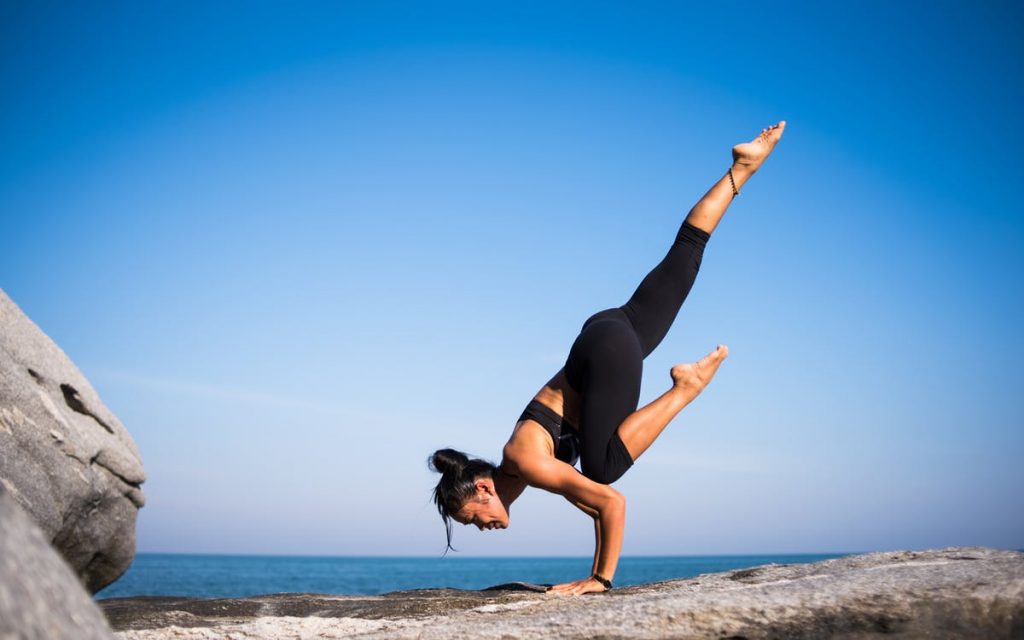Hot yoga is a variation of yoga wherein participants perform asanas, or poses, in a heated room. The temperature ranges from 90 to 105 degrees, a range that instructors and practitioners say will encourage better results.
But is it suitable for you? Well, it depends, since experts warn that hot yoga isn’t for everybody.
Safety Risks in Hot Yoga
Imagine yourself in a heated room performing yoga poses. You will find that the heat will affect your performance in many ways, such as increase your sweat production and mental concentration. You may or may not find that you like it depending on your tolerance level, among other factors.
But people who have one of the following conditions should completely avoid hot yoga because exertions in a heated room, especially with such high temperatures, may become dangerous.
- High sensitivity to heat
- Previous treatment from heat stroke and related conditions
- High tendency for quick dehydration, dizziness, and/or fatigue
- Osteoarthritis or rheumatologic arthritis
- Joint or muscle pain
- Previous injury to a joint or muscle
- High or low blood pressure
- Heart disease
People older than 40 years old should also seek their doctors’ advice before starting on a hot yoga program. For those given the go signal or who have no underlying condition that puts them at higher risk for injury, they should have a generally high tolerance for excessive heat for a prolonged period.
Safety Precautions During Hot Yoga
Let’s assume that you are fit enough for hot yoga at the likes of YogaWorks, You should still adopt safety precautions to minimize your risks of injury and illness.
- Wear the proper gear, preferably a tank top and shorts.
- Drink plenty of fluids before your hot yoga session but avoid soda, coffee and energy drinks; the caffeine can increase the risk of dehydration.
- Limit your food consumption to just 200 calories at least two to three hours before your session.
- Arrive early so you can slowly adjust to the heat.
- Start slowly and with the basic poses. Even when you are already at the advanced level in regular yoga classes, you should avoid assuming the advanced poses during your first few sessions. You may overreach resulting in your increased risk for injury to your muscles and/or joints.
- Take brief breaks from the poses, if necessary.
- Stop as soon as you feel dizzy, faint, or overheated, or when you feel chest pains.
Hot yoga may be hot now but it should be engaged in with an open mind toward safety. If you can’t take the heat, then you should just stick to regular yoga and still get the same results.
